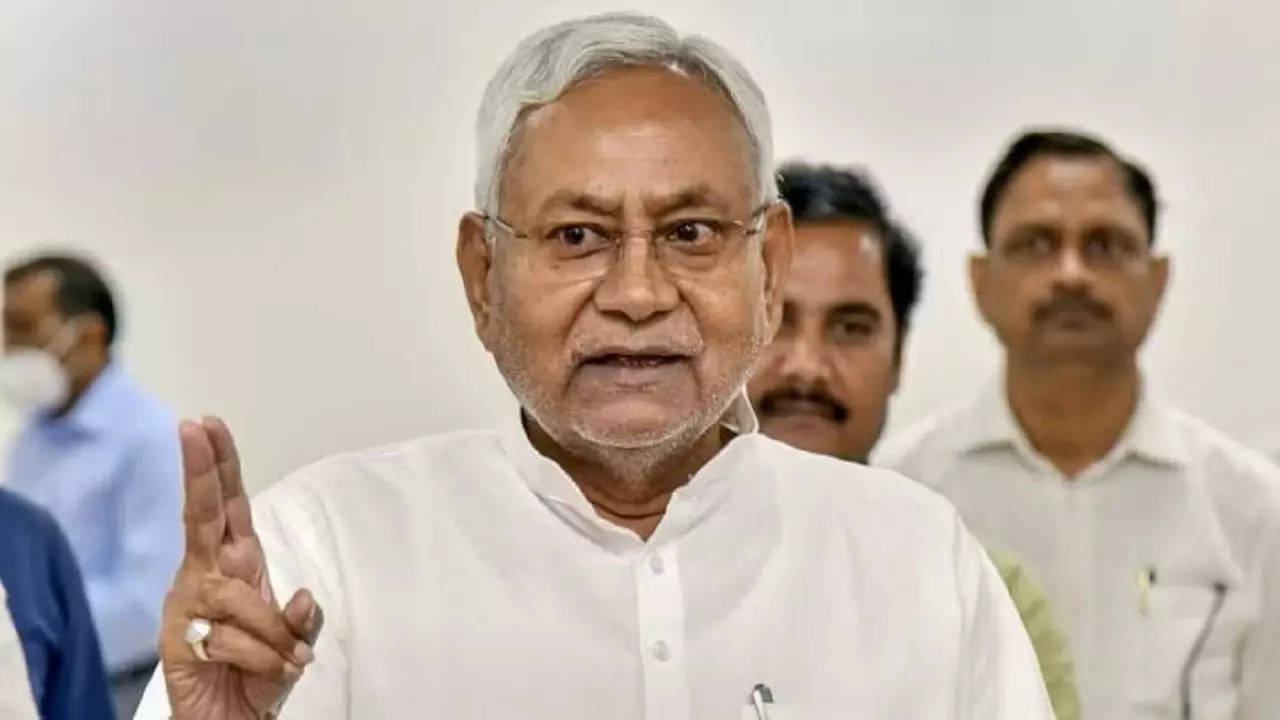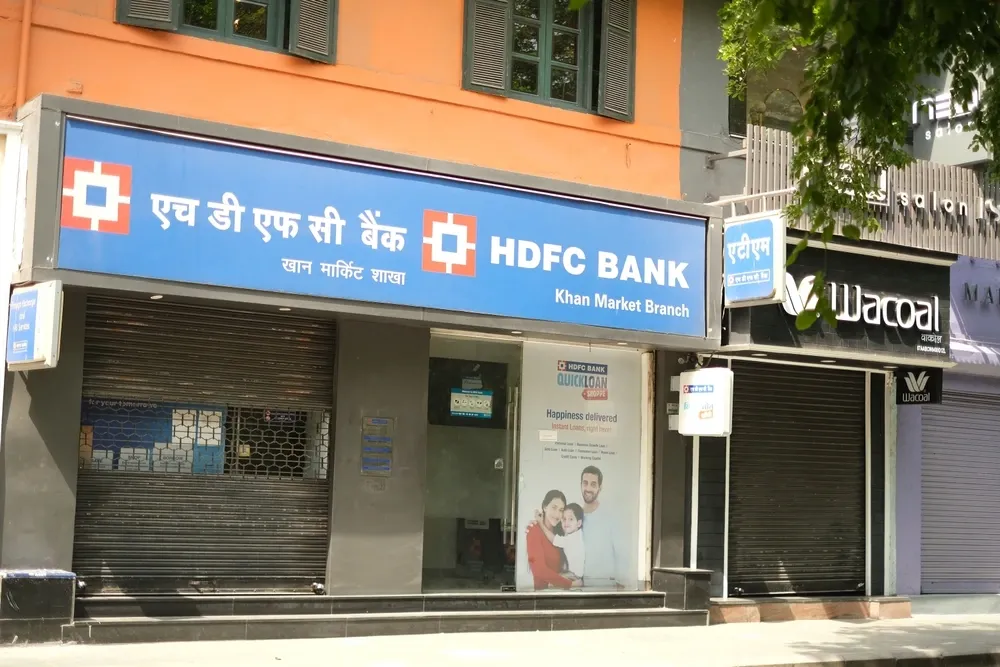The consecration of the Ram Lalla deity at the Ram Mandir in Ayodhya on January 22, 2024, marked a pivotal moment in India’s socio-political narrative. This event, deeply embedded in the historical and religious context of the Hindu community, transcends its immediate religious significance and reflects broader cultural shifts within the nation.
Historical Context and Significance
The Ram Mandir has long been a focal point of contention in the Hindu-Muslim divide in India. Built on the site believed to be the birthplace of Lord Ram, the temple’s construction symbolizes a reclamation of cultural identity for many Hindus. Prime Minister Narendra Modi’s presence during the consecration ceremony, as the chief patron, underscored the temple’s importance as a national symbol rather than merely a religious one. His statement, “Dev se desh, Ram se rashtra,” reveals the intertwining of religious devotionism with national identity, which keeps reverberating inside the present Indian politics. ### The Cultural Change
The setting up of the Ram Lalla deities is symbolic of a greater change in the socio-political cultural scenario of India.
It is a concept towards a civilizational state, wherein the government assumes the role of a protectionary guardian of the culture and religion. This shift has implications for India’s secular framework, raising questions about inclusivity and representation of religious minorities in the public sphere. The blending of Hindu symbolism with state identity can alienate those who do not identify with the majority, leading to a potential crisis in national unity. ### Electoral Implications Despite the monumental significance of the Ram Mandir, its inauguration did not translate into expected electoral gains for the ruling Bharatiya Janata Party (BJP) in the 2024 parliamentary elections.
The loss in the Faizabad constituency, where the temple is located, suggests that the electorate’s priorities extend beyond religious symbolism.
The basic issues such as unemployment and social justice cropping up in voters’ minds revealed the fact that the demand for the Ram Mandir had already been fulfilled, and it was now the issue of practical governance they were worried about. The music can be said to be no less crucial in the mode of expressing devotion and cultural identity amidst the very transformations of the socio-political fields. Through traditional elements like the sounds of the shehnai, veena playing during the ritual of Pran Pratishtha, the beauty of the joining music and spirituality becomes visible.
Again it rejuvenated an important place within Sanatana Dharma for Shehnai-the voice of rich emotional and rich cultural expressions:
While musicians dedicate their raags to Lord Rama, that is when not only the importance is given to these musicians but with their shehnaai these millions of mouths were speaking unto God. Looking Forward the Ram Mandir’s consecration raises critical questions about the future of India’s secularism and cultural identity. As the nation navigates the complexities of its diverse demographic, the challenge lies in recognizing and respecting the myriad belief systems while fostering a sense of unity. The government’s approach to the Places of Worship Act, which seeks to maintain the status quo of religious sites, will be instrumental in shaping the discourse around religious tolerance and coexistence. Conclusion In summary, the consecration of the Ram Mandir stands as a powerful symbol of India’s evolving cultural landscape. It reflects not only the aspirations of the Hindu majority but also the challenges of a nation striving for inclusivity and harmony. As India continues to grapple with its identity, the lessons learned from this pivotal moment will shape its future trajectory, offering insights into the delicate balance between tradition and modernity.









